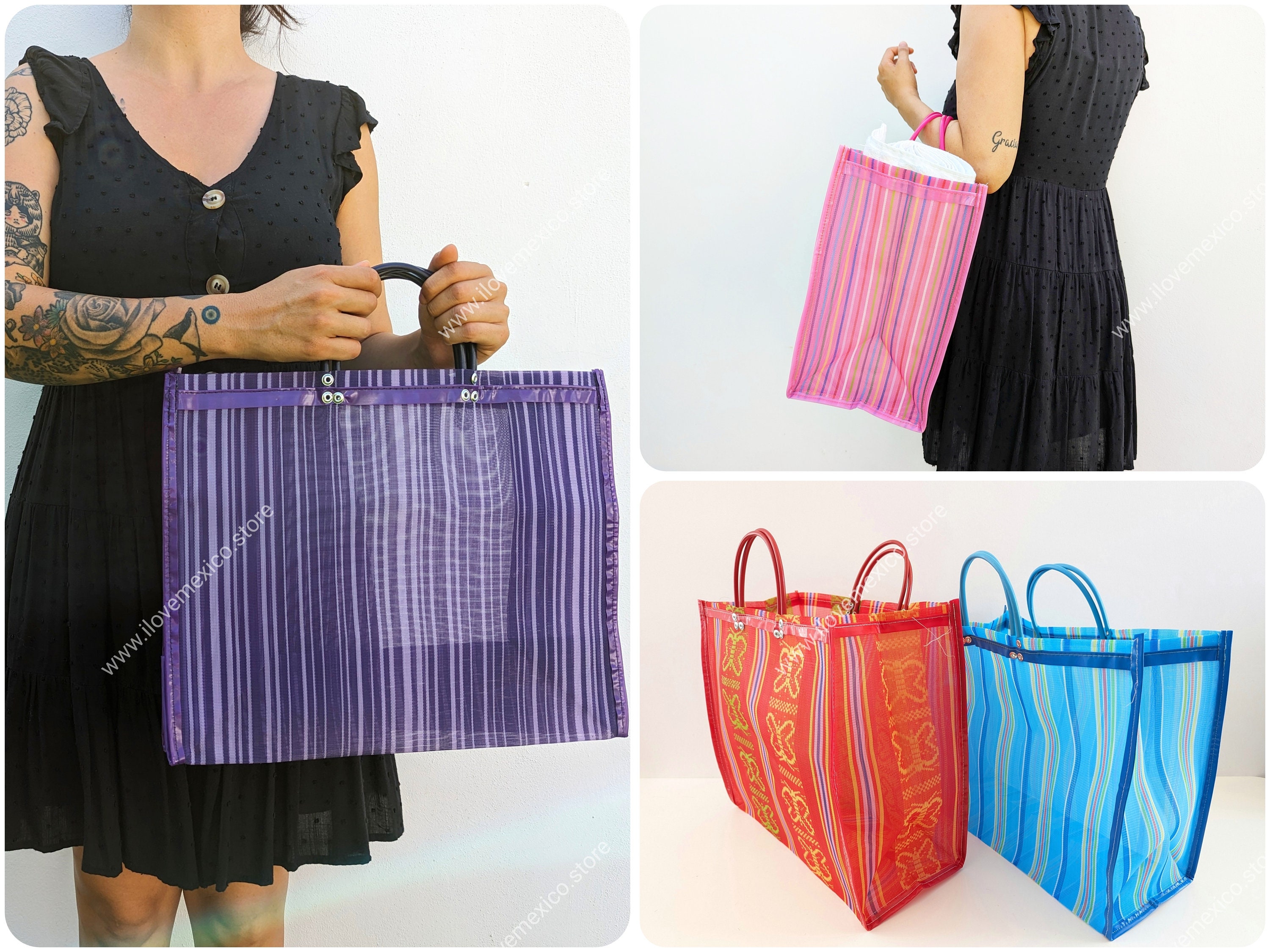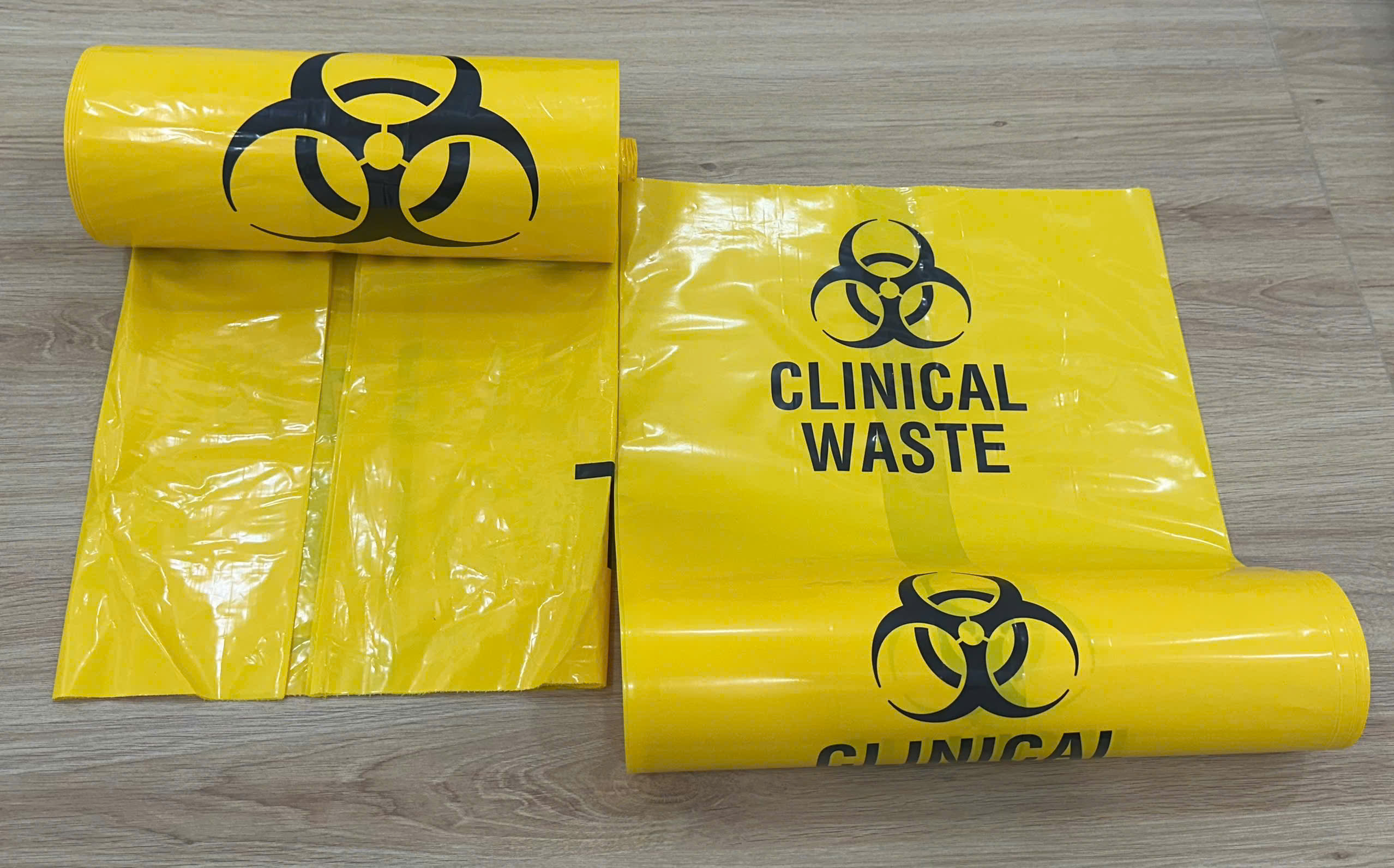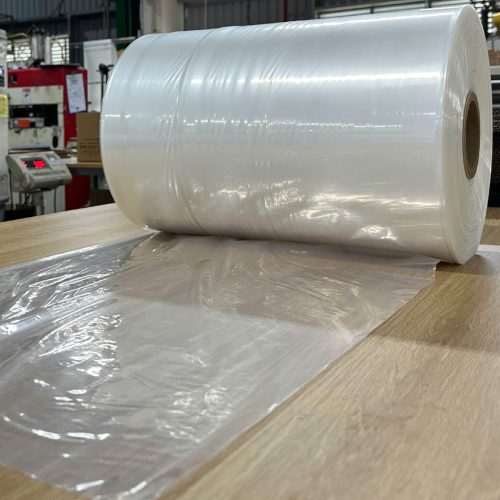Plastic shopping bags have become an integral part of our everyday lives, facilitating convenience but also raising environmental concerns. Understanding the role of plastic shopping bags can empower consumers to make informed choices.
Who Uses Plastic Shopping Bags?

The widespread use of plastic shopping bags spans various demographics and locations, becoming a staple in retail environments worldwide. Their accessibility and low cost make them appealing to both consumers and businesses alike.
Consumers
Plastic shopping bags are commonly found in the hands of consumers during grocery trips, clothing purchases, or even at farmer’s markets. These bags are lightweight, durable, and often free with purchase, making them an attractive option for buyers.
Moreover, many consumers appreciate the convenience that these bags provide. They can easily be carried, stored, and reused – qualities that cater to the fast-paced lifestyle of modern society. However, this convenience comes at a price, as the implications of single-use plastics begin to unfold.
Retailers
For retailers, plastic shopping bags represent a cost-effective solution to packaging needs. Many larger supermarket chains have adopted plastic as their primary bagging choice due to its affordability when contrasted with paper or cloth alternatives.
In addition to cost savings, flexibility is another reason retailers favor plastic shopping bags. They are easy to print on for branding purposes and are available in various sizes, catering to different types of products. Nevertheless, the backlash against plastic has led some companies to reconsider their options.
Local Governments
Local governments have increasingly taken notice of the environmental impact of plastic shopping bags. Various regions around the world have implemented bans or fees aimed at discouraging their use. This has sparked discussions about the responsibility of consumers, retailers, and policymakers in addressing the issue of plastic waste.
Governments are now encouraging more sustainable practices, in response to public concern over pollution and climate change. This push aligns with a global movement towards reducing reliance on plastic in all forms, including plastic shopping bags.
How Are Plastic Shopping Bags Made?

Understanding the manufacturing process of plastic shopping bags sheds light on their prevalence and the associated environmental issues.
Material Selection
The primary material used in the production of plastic shopping bags is polyethylene, a type of plastic derived from petroleum. This material choice allows for a lightweight, versatile product that can withstand various weights and conditions.
The manufacturing process begins with the extraction of crude oil, which undergoes extensive refining. Once the raw materials are sourced, they are transformed into plastic pellets through polymerization. These pellets serve as the foundation for the final bag.
Production Process
The process of creating plastic shopping bags involves several key steps:
- Extrusion: The plastic pellets are melted and formed into a continuous tube.
- Blowing: Air is introduced into the molten plastic, causing it to expand into a film shape.
- Cutting and Sealing: The long tube is cut to size and sealed at the bottom, creating individual bags.
This industrial process operates on a large scale, contributing to the global production of billions of plastic shopping bags each year. However, these production levels contribute significantly to environmental degradation.
Environmental Impact of Production
The production of plastic shopping bags has a substantial carbon footprint, resulting from oil extraction, transportation, and processing. This has raised questions about sustainability.
Many critics argue that while plastic shopping bags are convenient, the environmental costs associated with their production are high. The emissions released during manufacturing can contribute to air pollution and climate change, making it crucial for consumers to consider their choices.
Pros and Cons of Plastic Shopping Bags
To fully understand the implications of using plastic shopping bags, it’s important to weigh the pros and cons that come with them.
Pros of Plastic Shopping Bags
- Convenience: Plastic shopping bags are lightweight and compact, making them easy to carry and store. Their waterproof nature protects items from spills, making them ideal for groceries.
- Cost-Effective: For retailers, plastic shopping bags are cheaper than alternatives like paper or reusable fabric bags. This cost-saving feature encourages many stores to offer them for free.
- Durability: Unlike paper bags, plastic shopping bags are resistant to tearing and can carry heavier loads without breaking apart.
Despite these advantages, the benefits of plastic shopping bags must be carefully considered against the backdrop of environmental issues.
Cons of Plastic Shopping Bags
- Environmental Pollution: One of the most significant drawbacks of plastic shopping bags is their contribution to pollution. When improperly disposed of, they can end up in oceans and waterways, harming marine life and ecosystems.
- Non-Biodegradable: Plastic shopping bags can take hundreds of years to decompose, contributing to long-term waste problems. Even when they break down, they turn into microplastics that persist in the environment.
- Health Concerns: There are growing concerns regarding chemicals in plastics that may leach into food. While regulations exist, questions remain about the safety of prolonged plastic use in consumer goods.
These pros and cons create a dilemma for consumers and policymakers alike, prompting a reevaluation of plastic use in daily life.
Alternatives to Plastic Shopping Bags
As awareness of the environmental impact of plastic shopping bags grows, viable alternatives have emerged that promote sustainability and reduce waste.
Reusable Fabric Bags
One popular alternative to plastic shopping bags is the reusable fabric bag. These bags, often made from cotton, jute, or recycled materials, are designed to be sturdy and long-lasting, allowing for multiple uses over time.
Reusable bags tackle the plastic problem effectively by minimizing waste. They can carry large amounts of groceries, reducing the number of bags needed per shopping trip. This not only decreases plastic consumption but also promotes a more conscientious approach to shopping.
Biodegradable Bags
Another alternative gaining traction is biodegradable bags made from materials such as cornstarch or other plant-based substances. These bags are designed to break down more quickly than traditional plastic bags, theoretically reducing their environmental impact.
While biodegradable bags do offer a more eco-friendly option, they still require proper disposal methods to ensure effective decomposition. Improperly discarded biodegradable bags can contribute to the same pollution issues as their plastic counterparts.
Paper Bags
Paper bags are frequently promoted as an eco-friendly alternative to plastic shopping bags. Made from renewable resources, paper bags are biodegradable and can be recycled after use.
However, the production of paper bags does come with its drawbacks, such as deforestation and water usage. Additionally, paper bags tend to be more expensive than plastic, which can deter retailers from adopting them widely.
Exploring these alternatives is essential for individuals and communities aiming to lessen their environmental footprint.
Step-by-Step Guide to Reducing Plastic Shopping Bag Use
If you’re looking to minimize your reliance on plastic shopping bags, here’s how you can make practical changes in your shopping habits.
Assess Your Needs
Take a moment to evaluate your shopping habits. Consider how often you use plastic shopping bags and what items typically require bagging. Identifying patterns will help you transition away from plastic more smoothly.
Ask yourself if certain items can be purchased without a bag at all. This small shift can lead to significant reductions in plastic bag use.
Choose Sustainable Options
Invest in a set of reusable fabric bags that suit your lifestyle. Look for bags that are durable and easy to clean.
Additionally, keep your bags handy by storing them in your car or by the door. Setting reminders can also help you remember to bring your reusable bags along when going out to shop.
Educate Others
Encourage friends and family to join you in making the switch from plastic shopping bags. Share information about the environmental impact of plastic and the benefits of using alternatives.
Create a ripple effect within your community by advocating for reduced plastic bag usage. Whether through social media or local events, spreading awareness can foster a collective commitment to sustainability.
In doing so, you not only reduce your plastic bag consumption but inspire others to follow suit.
Tips for Effectively Using Plastic Shopping Bags
Even if you choose to continue using plastic shopping bags, there are ways to mitigate their impact.
Reuse Whenever Possible
Instead of viewing plastic shopping bags as single-use items, find creative ways to reuse them. Use them as trash liners, for storage, or even for packing items when traveling.
By extending the lifespan of these bags, you reduce demand for new ones and minimize waste.
Proper Disposal
When the time comes to dispose of plastic shopping bags, make sure to follow local recycling guidelines. Some areas have specific drop-off points for plastic bags, preventing them from ending up in landfills.
If recycling isn’t an option, consider repurposing the bags or bringing them to stores that offer recycling programs. Taking the initiative to properly dispose of plastic helps lessen their environmental impact.
Advocate for Change
Get involved in local initiatives that aim to reduce plastic usage. Whether it’s supporting legislation for plastic bag bans or participating in clean-up events, community engagement is crucial.
Working together helps raise awareness and fosters a culture of sustainability, potentially influencing larger institutions to adopt eco-friendly practices.
FAQs
What are plastic shopping bags made from?
Plastic shopping bags are primarily made from polyethylene, a petroleum-derived plastic. This makes them lightweight and durable but also contributes to environmental concerns.
Are all plastic shopping bags recyclable?
Not all plastic shopping bags can be recycled in standard curbside bins. Many communities have specific collection points for bags, so check local guidelines before disposing.
How long do plastic shopping bags take to decompose?
Plastic shopping bags can take anywhere from 10 to 1,000 years to decompose, depending on environmental conditions. This long lifespan contributes to ongoing pollution issues.
What are the best alternatives to plastic shopping bags?
The best alternatives include reusable fabric bags, biodegradable bags, and paper bags. Each option has its pros and cons, so consider your specific needs when choosing.
How can I reduce my use of plastic shopping bags?
You can reduce your use of plastic shopping bags by assessing your shopping habits, investing in reusable bags, properly disposing of plastic, and educating others about the importance of sustainability.
Conclusion
In summary, the conversation surrounding plastic shopping bags encompasses a variety of perspectives, from convenience to environmental impact. By understanding who uses them, how they are produced, and weighing the pros and cons, individuals can make informed decisions. Exploring alternatives and taking actionable steps to reduce plastic usage are critical components in fostering a more sustainable future. Ultimately, every effort counts toward mitigating the effects of plastic pollution, encouraging a shared responsibility for our planet’s health.
Factory: No 5, Lot CN8.1, Nam Cau Kien Industrial Park, Hoang Dong Commune, Thuy Nguyen District, Hai Phong City, Viet Nam.
Tel/whatsapp:(+84)903 284 939
Ws: http://vnplast.com
Email: [email protected] | [email protected]
Factory: No 5, Lot CN8.1, Nam Cau Kien Industrial Park, Hoang Dong Commune, Thuy Nguyen District, Hai Phong City, Viet Nam.
Tel/whatsapp:(+84)903 284 939
Ws: http://vnplast.com
Email: [email protected] | [email protected]




